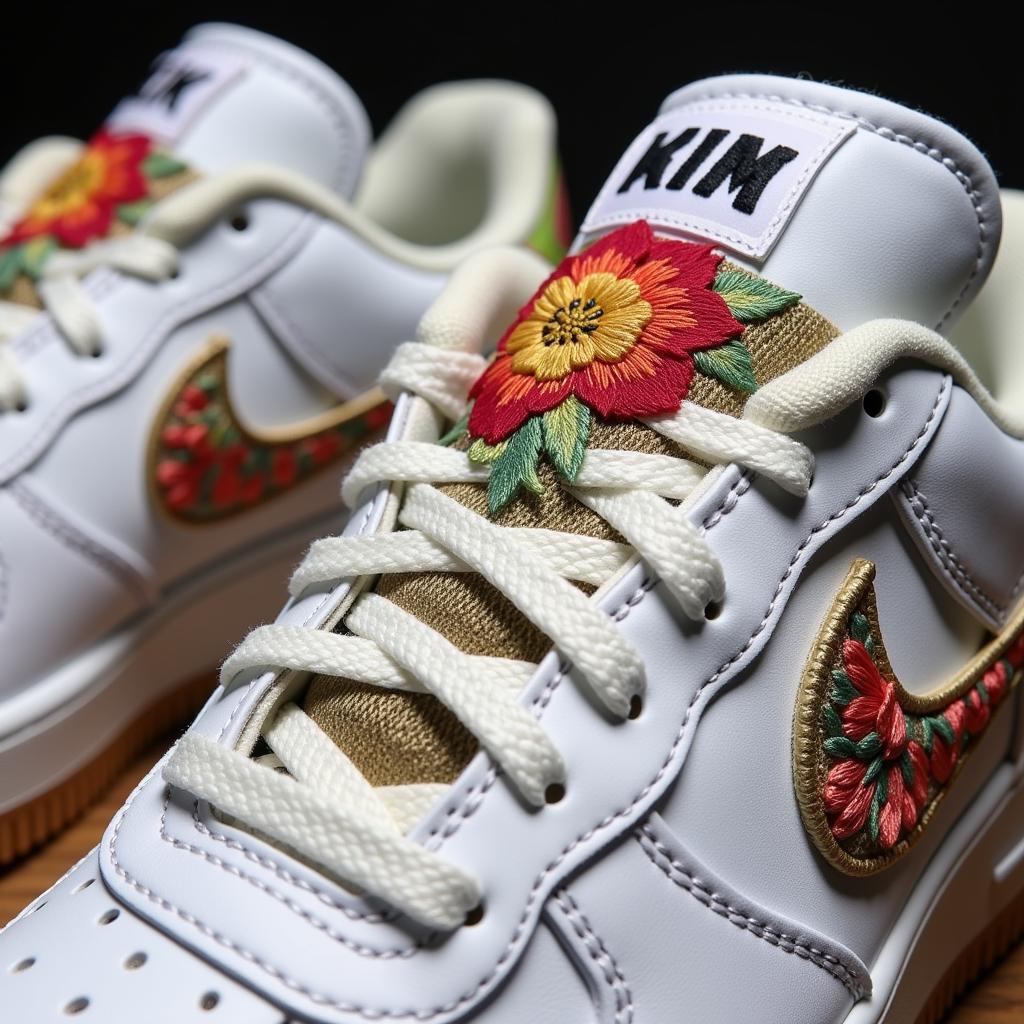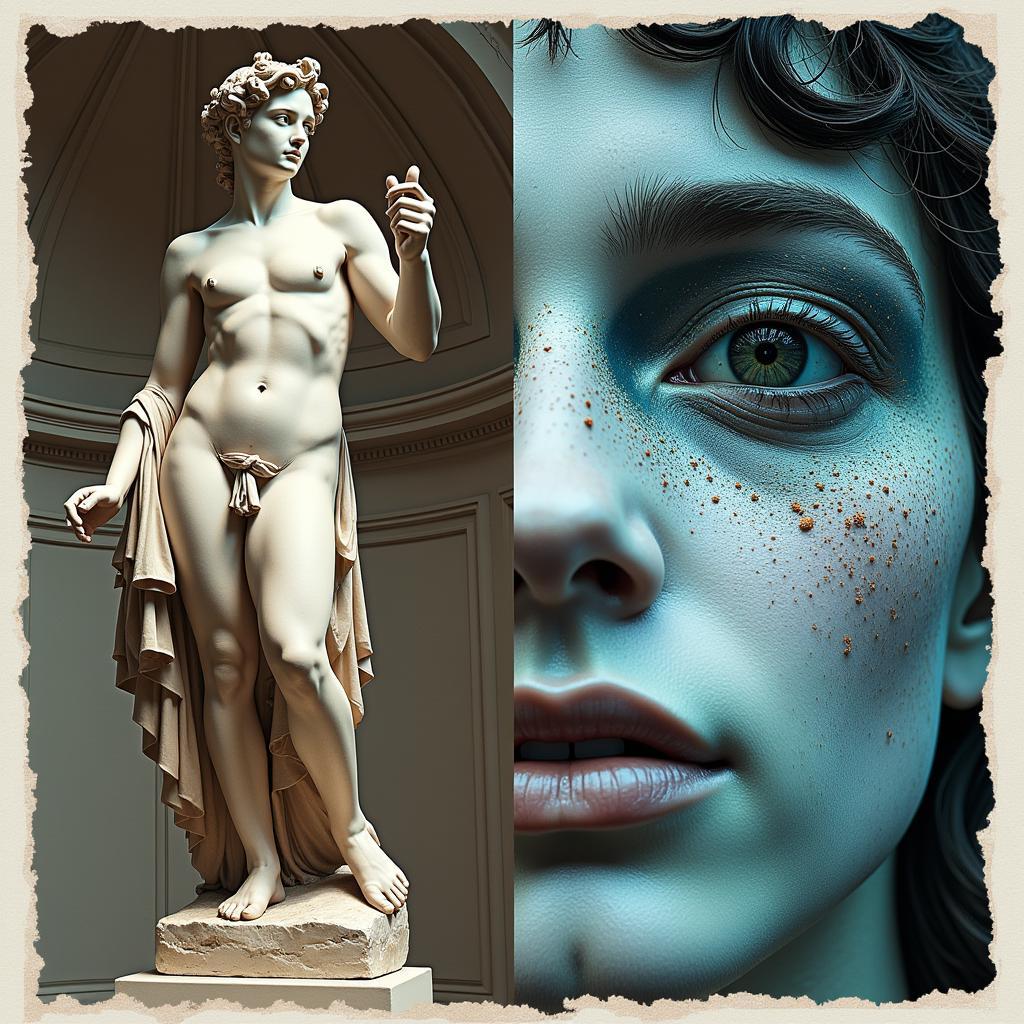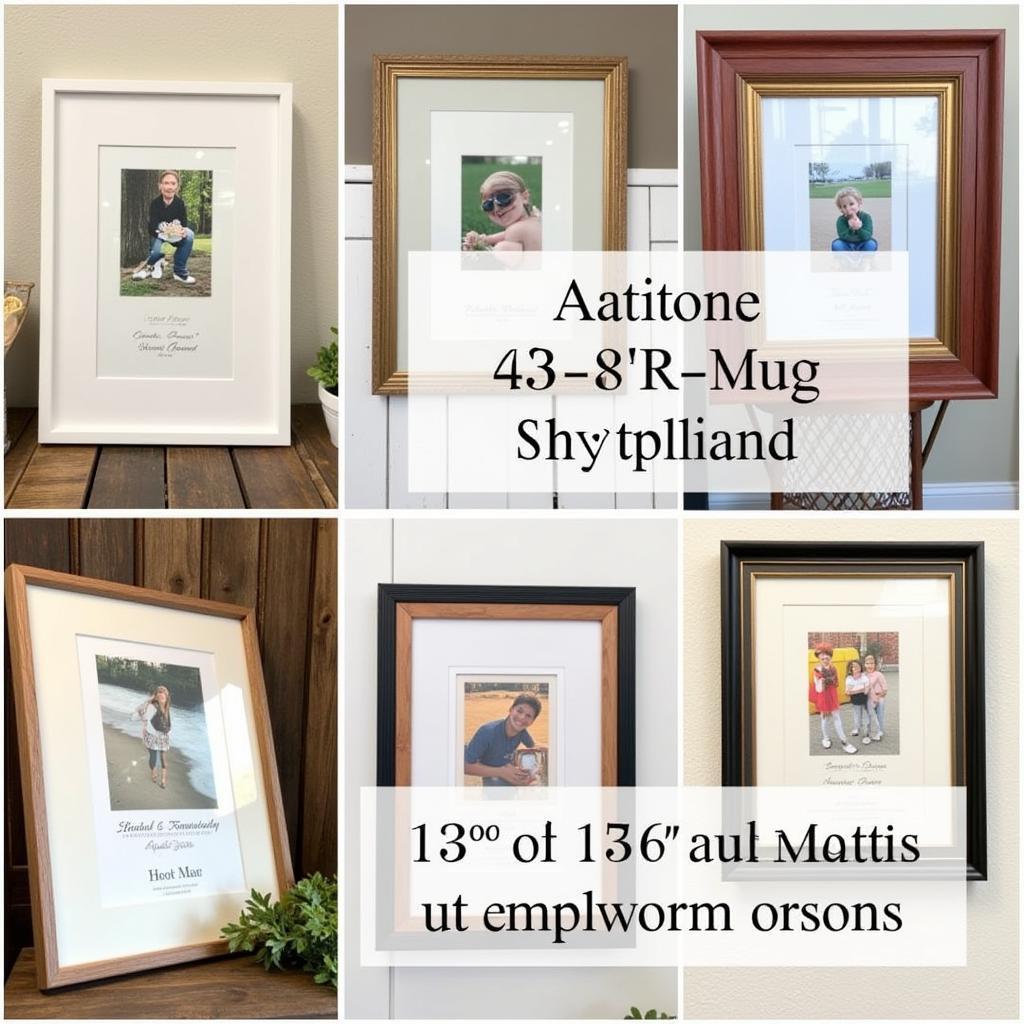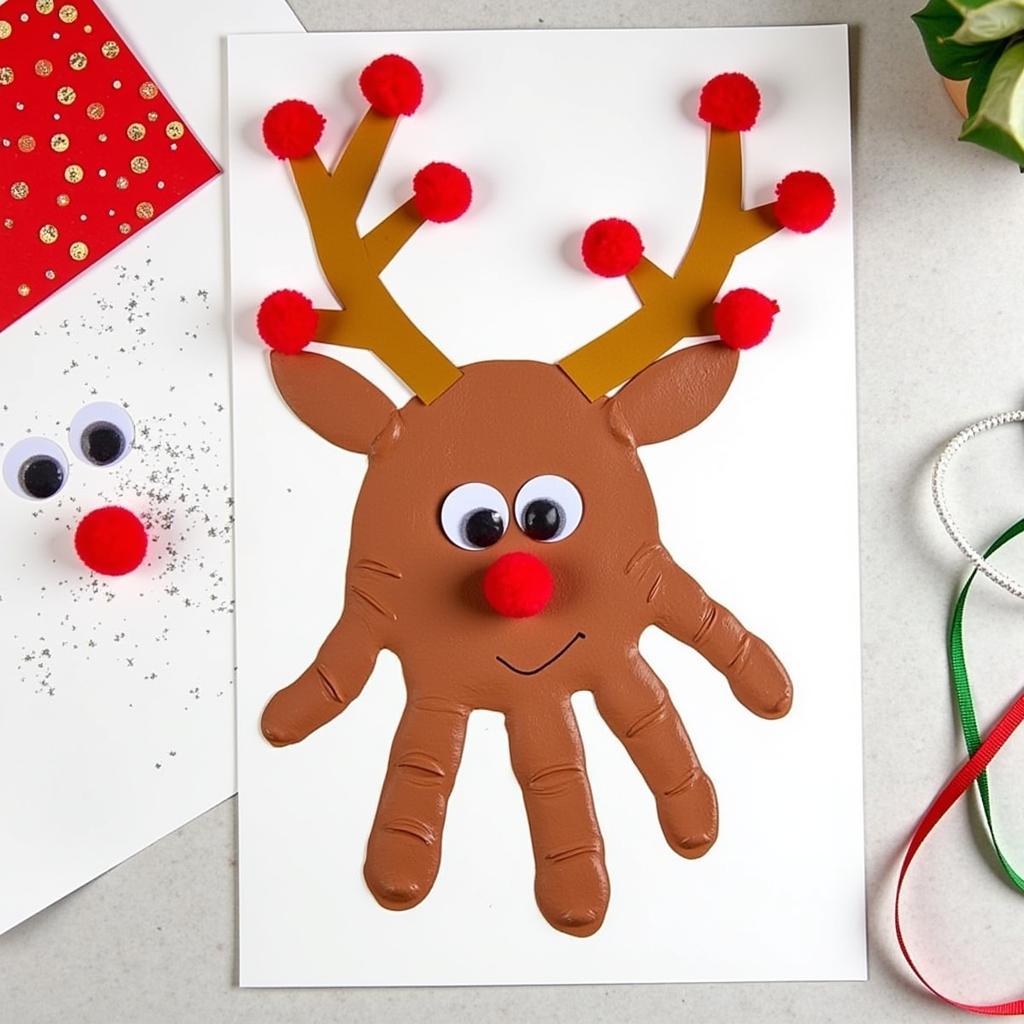Exploring the Beauty of Native American Art
Native American art, a vibrant tapestry woven with cultural narratives and spiritual beliefs, captivates with its intricate beauty and profound symbolism. From ancient pottery and exquisite beadwork to powerful totem poles and evocative sand paintings, the art forms of Indigenous peoples across North America offer a unique window into their rich heritage and connection to the land. This article delves into the diverse expressions of Beautiful Native American Art, exploring its historical significance, regional variations, and enduring legacy.
The Significance of Native American Art
Native American art is more than just aesthetically pleasing; it is deeply intertwined with the spiritual, social, and economic fabric of Indigenous communities. These art forms serve as a powerful means of storytelling, preserving cultural traditions, and expressing complex beliefs about the world. Each piece carries within it a story, a prayer, or a connection to ancestral spirits. For example, the intricate designs woven into Navajo rugs often depict clan symbols and historical events, passing down knowledge through generations.
What makes Native American art so compelling is its authenticity. It is an expression of lived experiences, a reflection of the deep relationship between people and their environment. This connection is evident in the use of natural materials, the recurring motifs of animals and plants, and the reverence for the natural world. You can find beautiful, authentic Native American wall art to bring this rich culture into your own home.
Regional Variations in Native American Art
Across the vast expanse of North America, diverse Indigenous cultures have developed distinct artistic styles and traditions. From the Northwest Coast, known for its monumental totem poles and intricate mask carving, to the Southwest, with its vibrant textiles and pottery, each region offers a unique perspective on Native American art.
The Northwest Coast: Totem Poles and Transformation Masks
The Northwest Coast tribes, including the Haida, Tlingit, and Kwakiutl, are renowned for their monumental totem poles, which serve as family crests and historical narratives. These towering sculptures, carved from cedar logs, depict mythical creatures, ancestral figures, and clan symbols, telling stories that connect the present to the past. Transformation masks, another iconic art form of this region, are used in ceremonial dances and depict the ability of spirits to shift between human and animal forms.
The Southwest: Weaving Stories in Textiles and Clay
The Southwest region, home to tribes such as the Navajo, Hopi, and Pueblo, is famous for its exquisite textiles and pottery. Navajo weaving, renowned for its intricate geometric patterns and vibrant colors, is a testament to the artistic skill and cultural knowledge passed down through generations. Similarly, Hopi and Pueblo pottery, with their distinctive designs and symbolic imagery, reflects the deep connection between these communities and the land. You might be interested in exploring Navajo sand art, a unique and transient art form from this region.
Preserving and Appreciating Native American Art
Today, Native American art continues to evolve and thrive, adapting to contemporary influences while remaining deeply rooted in tradition. Artists are exploring new mediums and expressions, pushing the boundaries of creativity while honoring the legacy of their ancestors. It’s important to support authentic Native American artists and ensure that their work is recognized and valued. If you’re interested in adding a unique piece to your home, consider looking at options for native american framed art. You can also find unique pieces like large dragonfly wall art inspired by Native American designs.
Conclusion
Beautiful native American art is a powerful expression of cultural identity, spiritual belief, and artistic innovation. From the monumental totem poles of the Northwest Coast to the intricate weavings of the Southwest, each piece tells a story, connects us to the past, and inspires us to appreciate the rich diversity of Indigenous cultures. By understanding and valuing these art forms, we gain a deeper appreciation for the enduring legacy of Native American art and its continued relevance in the contemporary world.
FAQ
-
What are some common materials used in Native American art?
Common materials include wood, clay, stone, feathers, beads, and natural dyes. -
What is the significance of the dreamcatcher in Native American culture?
The dreamcatcher is believed to protect sleeping individuals by filtering out bad dreams. -
How can I distinguish authentic Native American art from imitations?
Look for artist signatures, tribal affiliations, and certifications of authenticity. -
Where can I learn more about Native American art history and techniques?
Museums, cultural centers, and online resources offer valuable information. -
What are some contemporary Native American artists to explore?
Many talented artists are working today, pushing the boundaries of traditional forms. Research and discover them!
Common Scenarios and Questions:
-
Scenario: I’m looking for a unique gift for someone who appreciates art.
- Question: What are some good examples of authentic Native American art that would make a meaningful gift?
-
Scenario: I want to incorporate Native American-inspired designs into my home decor.
- Question: Where can I find reputable sources for Native American art or crafts?
Further Exploration:
You might also be interested in learning more about specific tribal art forms, such as:
Need assistance?
Contact us:
Phone: 02462573573
Email: danteum@gmail.com
Visit us:
Savico Megamall, 7-9 Đ. Nguyễn Văn Linh, Gia Thụy, Long Biên, Hà Nội 10000, Việt Nam.
We have a 24/7 customer service team available to assist you. For framed pieces, browse our collection of native american framed art. You can also explore more unique pieces like large dragonfly wall art and navajo sand art.



